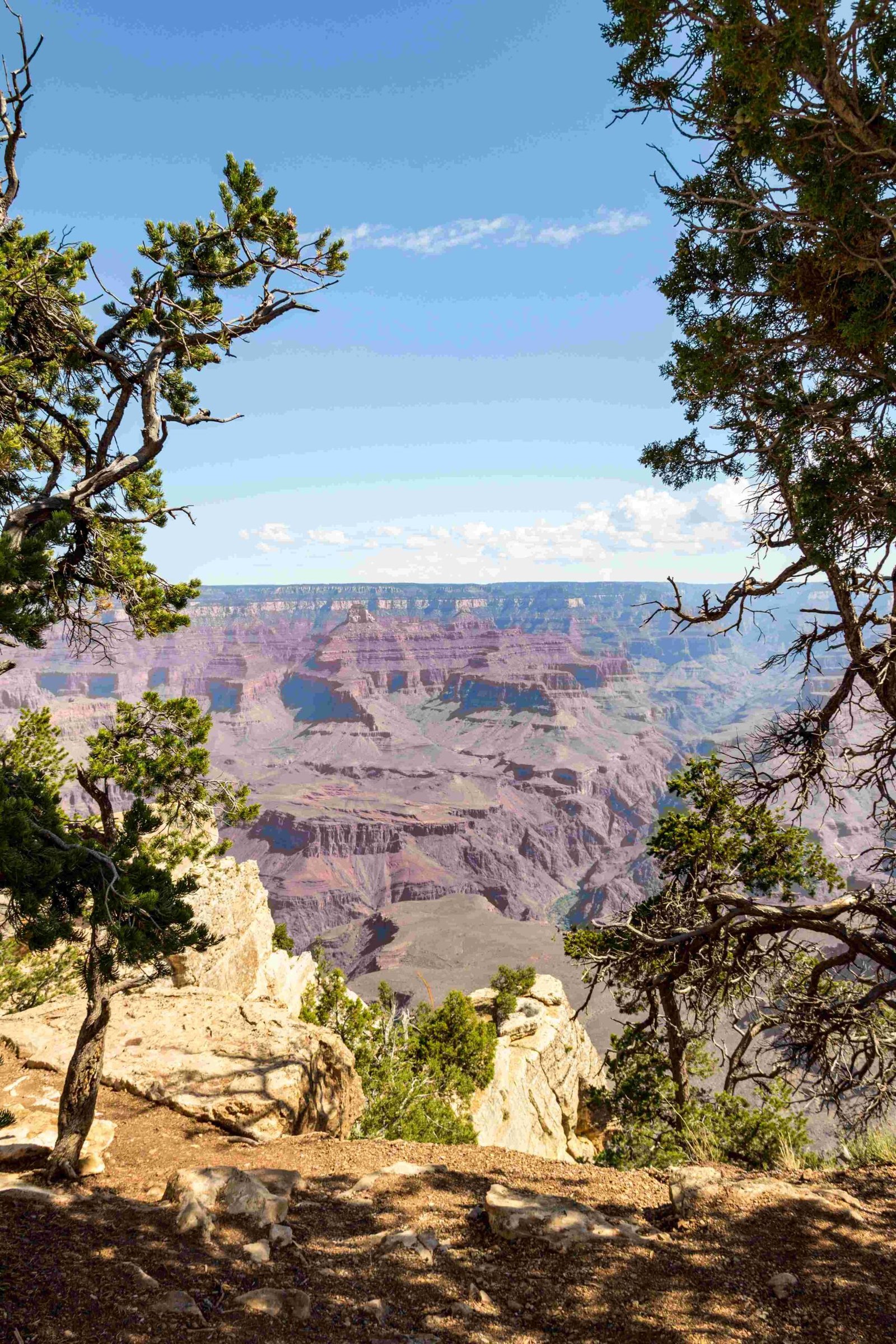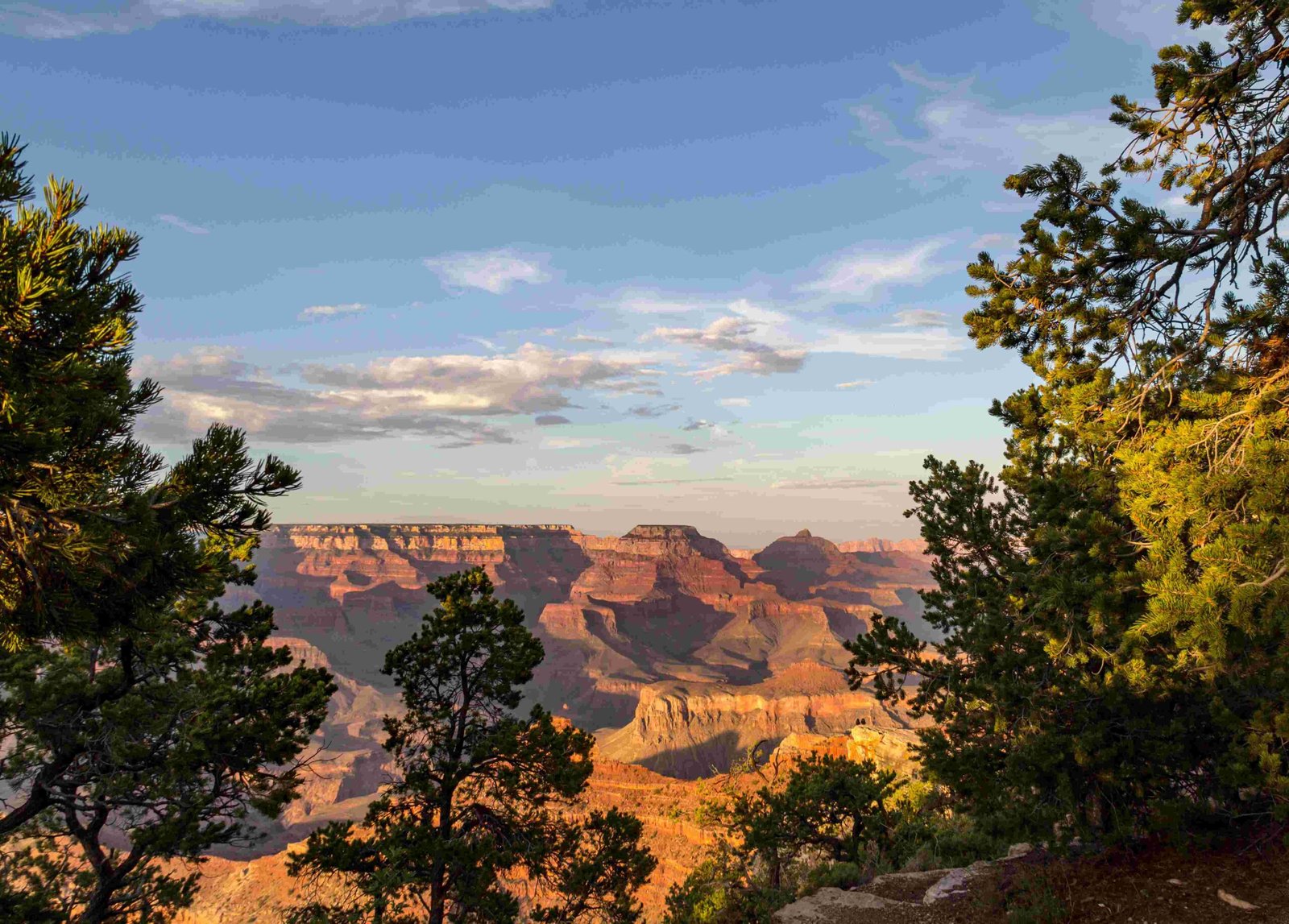The Grand Canyon presents hikers with a challenging vertical journey, where the distance to the bottom varies between 7-9.6 miles depending on the chosen trail. Adventurers descend from rim elevations ranging from 7,200 to 8,240 feet, experiencing a dramatic drop of approximately 4,700 feet to reach the Colorado River’s floor at 2,460 feet.
What Are the Specific Trail Distances?

The Grand Canyon offers two primary routes for reaching its bottom:
South Kaibab Trail Details
- Total Distance: 7 miles
- Starting Elevation: 7,200 feet
- Descent Time: 4-5 hours
- Characteristics:
- More direct route
- Limited shade
- Steeper terrain
Bright Angel Trail Details
- Total Distance: 9.6 miles
- Starting Elevation: 7,260 feet
- Descent Time: 5-6 hours
- Characteristics:
- More gradual descent
- More water stations
- More shade availability
How Challenging Is the Descent?

The distance to bottom of Grand Canyon isn’t just about miles—it’s about vertical challenge. Hikers face:
| Trail | Elevation Drop | Difficulty Level | Water Availability |
|---|---|---|---|
| South Kaibab | 4,700 feet | High | Limited |
| Bright Angel | 4,700 feet | Moderate | Good |
Physical Preparation Recommendations
- Fitness Level: High endurance required
- Hydration: Carry minimum 3 liters of water
- Gear: Hiking poles, sturdy boots
- Acclimatization: Spend 1-2 days adjusting to elevation
What Factors Impact Hiking Time?
Several critical elements influence your journey’s duration:
- Personal Fitness: Experienced hikers move faster
- Weather Conditions: Temperature dramatically affects pace
- Trail Surface: Rocky, uneven terrain slows progression
- Rest Periods: Recommended every 1-2 miles
Safety Considerations
- Never attempt round-trip in one day
- Start early morning (before sunrise)
- Check weather forecast
- Carry emergency communication device
What Should Hikers Expect?
The distance to bottom of Grand Canyon represents more than a numerical measurement—it’s a transformative experience. Hikers traverse multiple ecological zones, witnessing dramatic landscape transitions from rim forests to desert canyon floors.
Recommended Preparation
- Physical training 3-6 months prior
- Practice hikes with similar elevation changes
- Complete medical check-up
- Pack lightweight, high-nutrition food
Additional Trail Insights
- Phantom Ranch provides overnight accommodations
- Mule services available for partial transportation
- Permits required for overnight canyon trips
- Best hiking seasons: Spring and Fall
Pro Tips for Success
- Use trekking poles for stability
- Wear moisture-wicking clothing
- Apply high-SPF sunscreen
- Carry electrolyte supplements
Final Thoughts
Understanding the distance to bottom of Grand Canyon requires more than mathematical calculation—it demands respect for nature’s magnificent challenge.
Recommended Gear Checklist
- Hydration system
- Lightweight backpack
- First-aid kit
- Navigation tools
- Emergency shelter
Reference:
– National Park Service
– Grand Canyon Hiking Guide
– Hiking Trails Information

